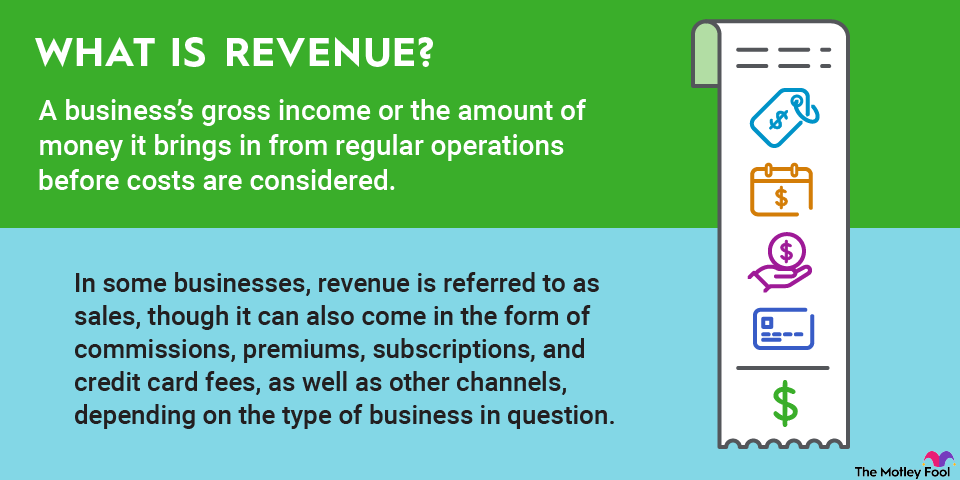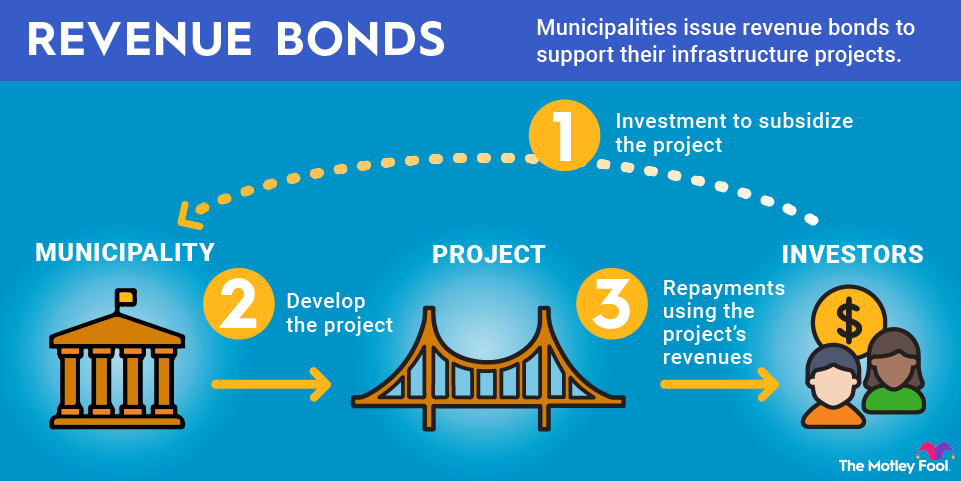Much in the way that fences protect farm animals from predators, ringfencing in finance protects safe assets from more volatile ones. Read on to understand why this is an important technique, how it works, and where it's making a big difference in the real world.

What is ringfencing?
Ringfencing is a collection of strategies that are used to separate a portion of assets from others for various purposes, but generally with the goal of protecting some subset of assets from the risks associated with the rest. Ringfencing might be used to protect lower tax assets from higher ones, or very safe assets from the risk associated with much riskier ones.
Ringfencing may look like putting some money into reserve accounts, transferring some into different jurisdictions, or sending a portion of funds overseas. This can protect the safest assets from unintended uses, reduce taxes, or even prevent seizure in some cases.
How ringfencing works
Ringfencing works by segmenting assets into various buckets, and sometimes even into different jurisdictions. It may require that large banks, for example, be broken into smaller units, to protect core assets like deposits from non-core assets like investments the bank is making.
In theory, this kind of bucketing helps to protect the financial system, since it doesn't allow for domino effects to smash entire bank holdings if the economy falters like it did during the Great Recession.
Pros and cons of ringfencing
The main advantage of ringfencing is protecting designated assets from things like market risk, taxation, and even insolvency or seizure. In theory, it also keeps the financial system much more sound, since certain assets should always be safe from economic volatility. This way, if a bank falters, for example, it's far less likely they will fail entirely and require taxpayers to assist them in digging back out.
However, some argue that ringfencing assets leads to less oversight, not more, and that can weaken risk management instead of strengthening it. It can also be harmful to tax jurisdictions, since one tactic for very large banks is simply to move money offshore, where it can't be taxed and isn't contributing to more local economies.
Related investing topics
The Financial Services Banking Reform Act of 2013
In the U.K., the 2013 Financial Services Banking Reform Act was passed to regulate ringfencing in the real world. Under the act, banks in the U.K. are required to have their core retail banking completely separate from their investment banking. In addition, enough capital has to be put aside to protect their core banking in case there's another economic crisis.
Large banks had to comply with the act by 2019, and although there is currently some chatter about loosening the regulations a bit, the effects of the Financial Services Banking Reform Act of 2013 have been a net positive for the U.K.
Depositors have been protected from investing activities that might go south rather quickly in a bad economic downturn, and the banks can still make higher-risk investments to help support the future activities of their businesses. It's been a win-win so far, all due to ringfencing.



















